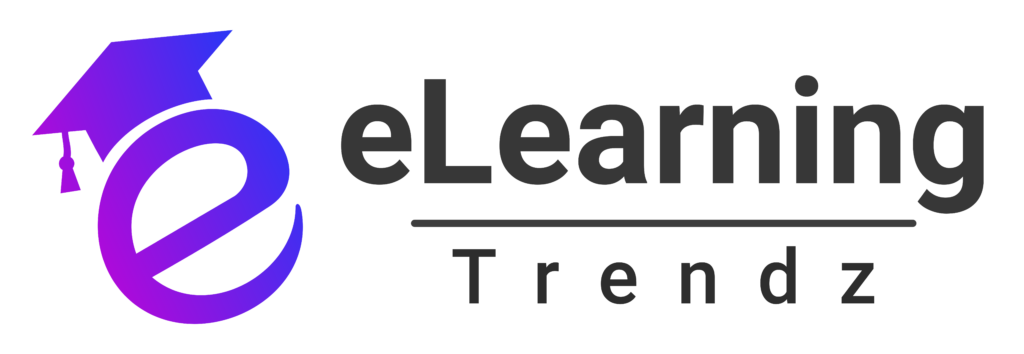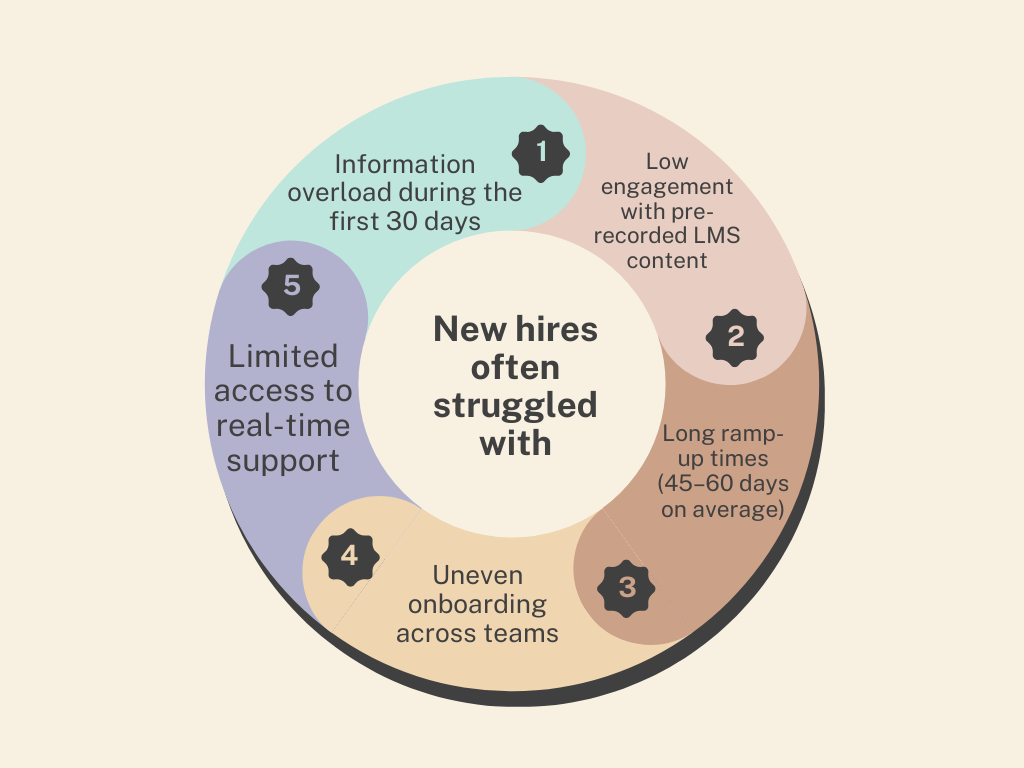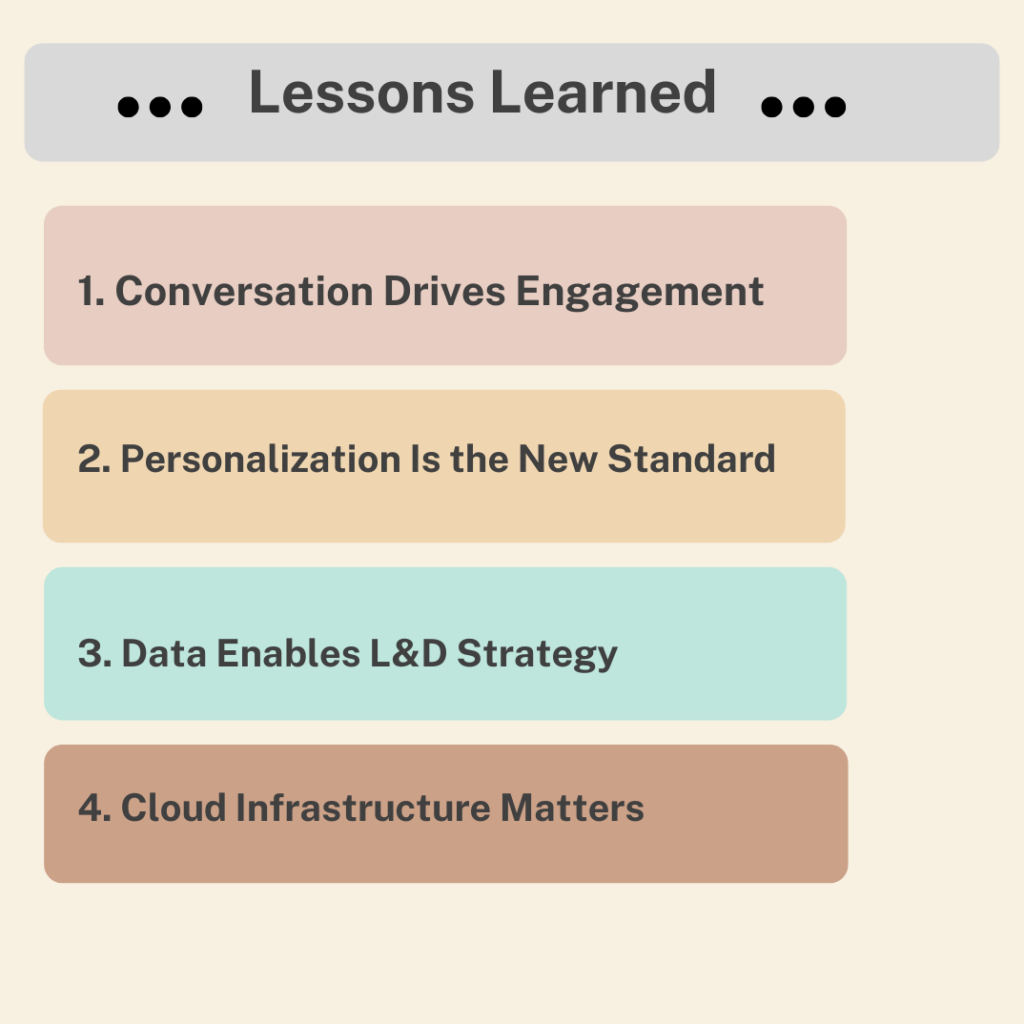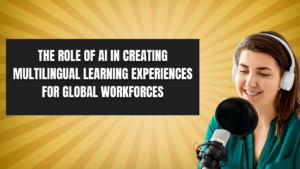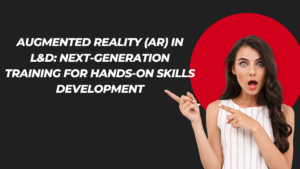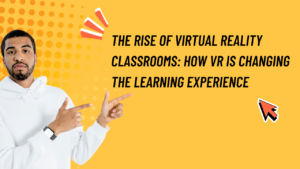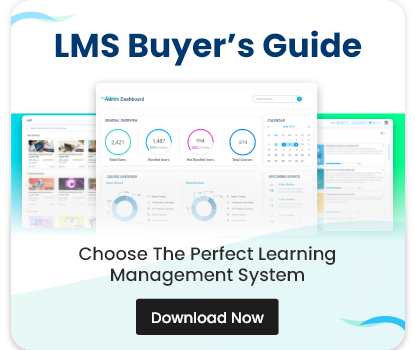
Share this post

Elena Marques
Elena Marques is a seasoned eLearning strategist and content creator with over a decade of experience in instructional design, corporate training, and digital learning innovation. At the forefront of the learning and development space, Elena specializes in creating insightful, research-driven content that empowers organizations to adopt cutting-edge solutions—ranging from AI course creators to cloud-based LMS platforms.
View Profile
